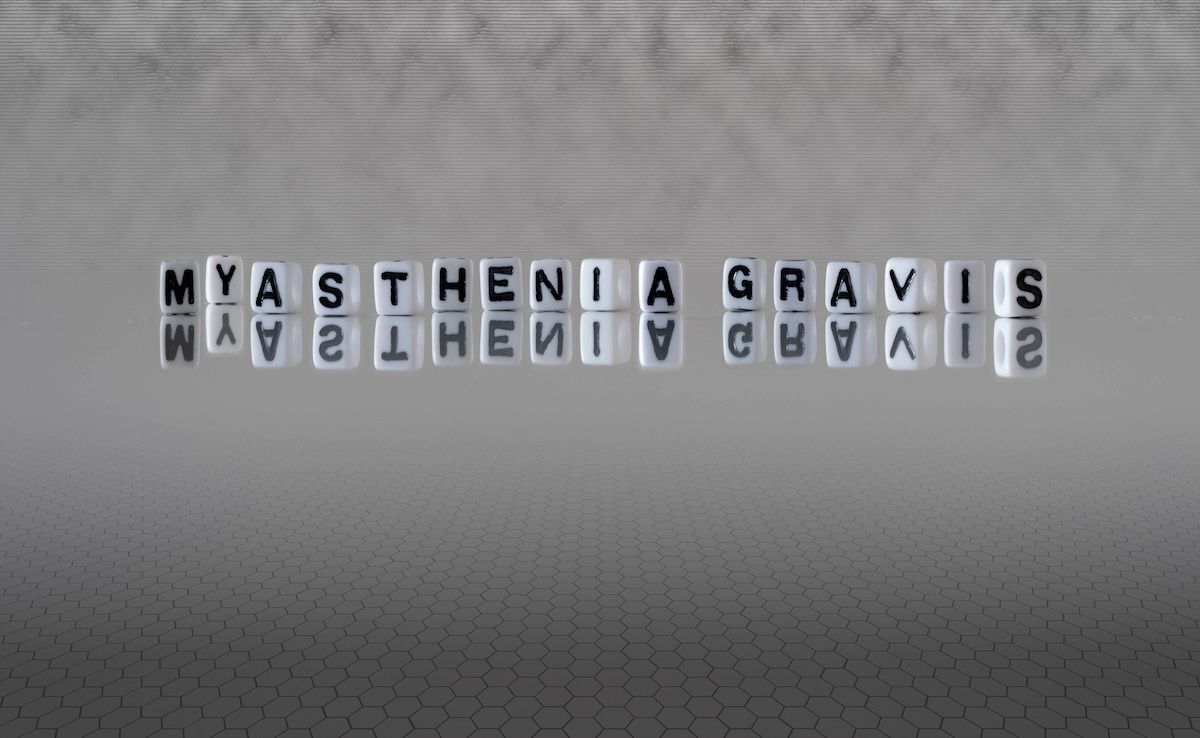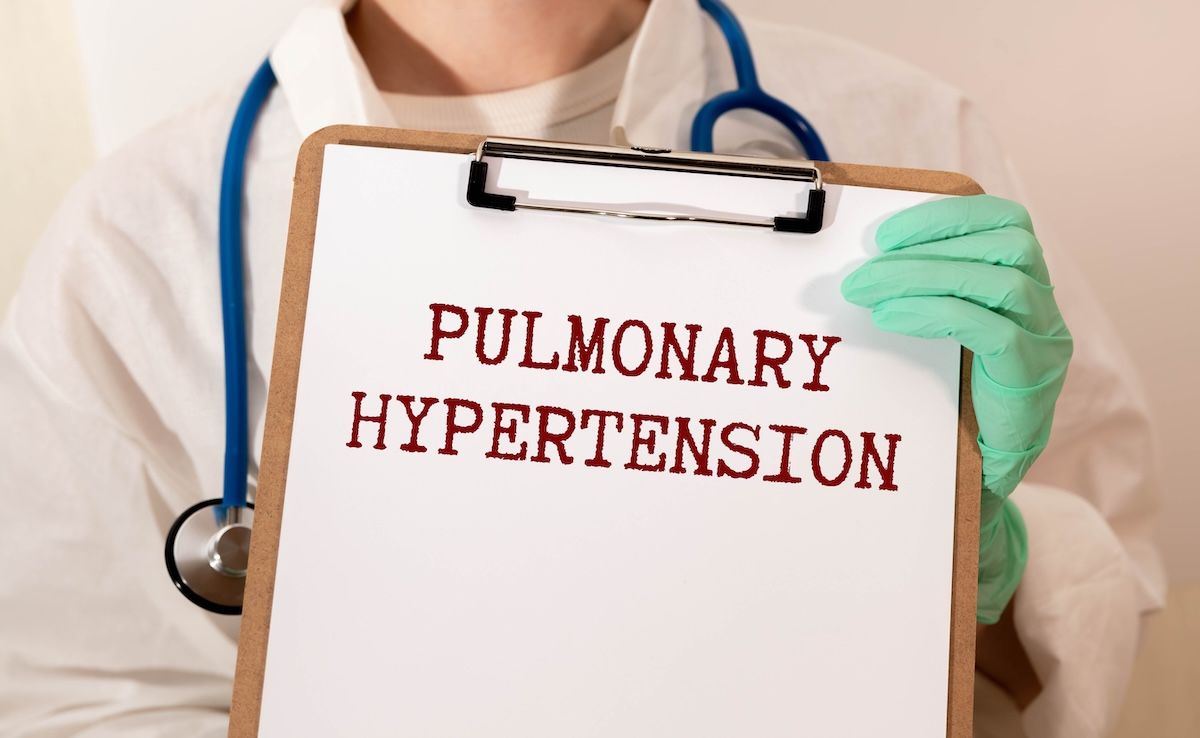Article
Review Highlights Potential of Emicizumab Prophylaxis in Acquired Hemophilia A
Author(s):
Morbidity and mortality remain high for patients with acquired hemophilia A, and advances in immunotherapy and hemostatic therapy are needed to improve outcomes.
Morbidity and mortality are high for patients with acquired hemophilia A (AHA), and advances in immunotherapy and hemostatic therapy are needed to improve outcomes, according to a review published in Transfusion Medicine Reviews. The authors highlight emicizumab prophylaxis as a potential game-changer in the treatment of AHA.
AHA is a rare disorder caused by autoantibodies that neutralize and therefore inhibit clotting factor VIII. It can result in potentially life-threatening bleeds and often manifests spontaneously but sometimes arises with other autoimmune conditions or malignancies. It is more prevalent in older patients, and typical treatment for those who present with severe bleeds is to restore hemostasis while suppressing the factor VIII inhibitor via immunosuppressive therapy (IST). But this treatment strategy presents challenges.
“Around 30% of patients experience complications from immunosuppression such as life-threatening infections, and overall, there is a high mortality rate of 28 to 33%,” the authors wrote. “Understanding these challenges, risk stratification, adjusting IST and novel hemostatic agents show great potential to improve morbidity and mortality for these patients.”
Accurate AHA diagnosis and risk stratification can help determine which patients may be treated with reduced immunosuppression or without immunosuppression to reduce the associated morbidity and mortality. While the Nijmegan-modified Bethesda assay (NBA) to measure factor VIII inhibitor titer is the standard method of risk stratification, but the review authors note that an ELISA-based assay may be a better option based on recent studies. It is not affected by lupus anticoagulation or medications interfering with activated partial thromboplastin time (aPTT)—both factors that impact NBA results. However, additional research is needed to determine whether the ELISA method is superior.
Risk stratification information is also largely based on information from registries rather than randomized controlled trials, and this is a product of AHA’s rarity. This in combination with the heterogeneity of comorbidities and treatment makes prognostication difficult. Therefore, identifying patients who will enter remission without IST is currently challenging and requires more research into potential drivers of spontaneous remission, including anti-factor VIII immunoglobulin classes or subclasses.
Typical treatment includes a combination of immunosuppression with glucocorticoids and cyclophosphamide, which has shown better rates of complete response than glucocorticoids alone. However, remission takes approximately 5 weeks with this regimen and leaves patients at a high risk of bleeding in the interim, along with potential infections due to immunosuppression. Rather than developing new ISTs, recent research emphasizes minimizing the use of IST as risk stratification is improved.
“A starker reduction or delay in immunosuppression may be critical to see improved outcomes in patients with higher FVIII and lower inhibitor titers at presentation,” the authors wrote. “Improved hemostatic therapies may also permit reduced immunosuppression irrespective of risk.”
Hemostatic therapy is needed in most patients with AHA, and the presence of autoantibodies leads the clotting factor concentrates used in congenital hemophilia without inhibitors to be minimally effective in AHA. Bypassing agents, such as recombinant factor VIIa and activated prothrombin complex concentrate, are effective in more than 90% of patients, but they are intravenously administered and typically require hospitalization. An alternative agent is recombinant porcine FVIII, but cross-reacting antibodies to porcine FVIII can be present at baseline or develop after treatment. None of these options have been approved as bleeding prophylaxis in AHA.
A novel hemostatic agent, emicizumab, is an approved treatment for hemophilia A with or without inhibitors and may hold promise for AHA. Limited data show that emicizumab may be a feasible option for hemostatic prophylaxis in the outpatient setting that, if effective, could reduce the need for immunosuppression. Ongoing trials in Europe aim to determine whether delaying immunosuppression is feasible.
A notable concern with emicizumab is its interference with PTT and therefore with PTT-based assays used to gauge IST response. Emicizumab corrects PTT and overestimates FVIII activity, interfering with NBA testing. A chromogenic FVIII assay with bovine reagents is an alternate assay option, but it is not typically available in clinical laboratories. The risk of thrombosis after remission is unknown in patients with AHA treated with emicizumab, and upcoming studies aim to provide insight into thrombosis risk in these patients.
While conducting trials for AHA therapies can be difficult due to its rarity, ongoing prospective single-arm trials and observational studies will help inform future treatment strategies as well as the potential for novel bleeding prophylaxis agents to reduce the need for immunosuppression.
Reference
Poston JN, Kruse-Jarres R. Advances in acquired hemophilia A. Transfus Med Rev. Published online September 7, 2022. doi:10.1016/j.tmrv.2022.07.001




